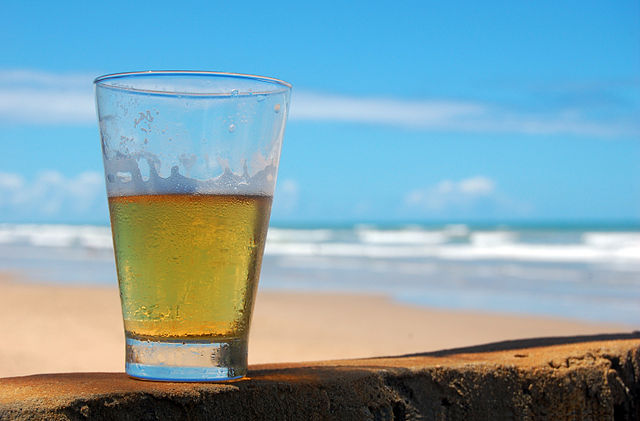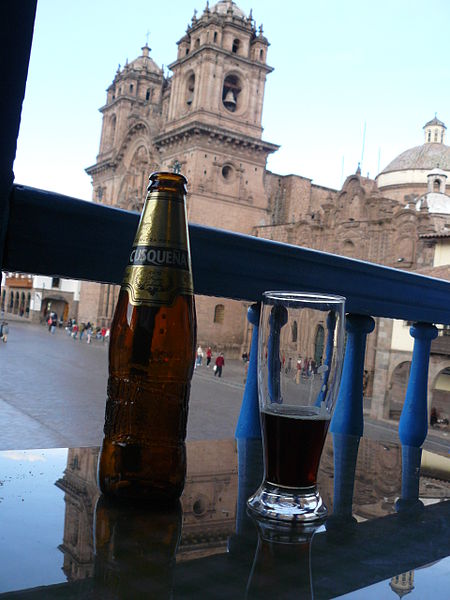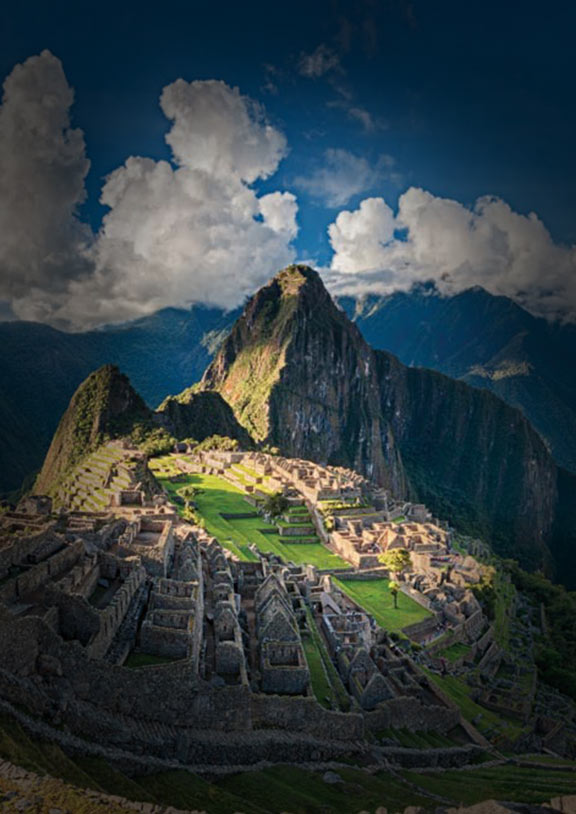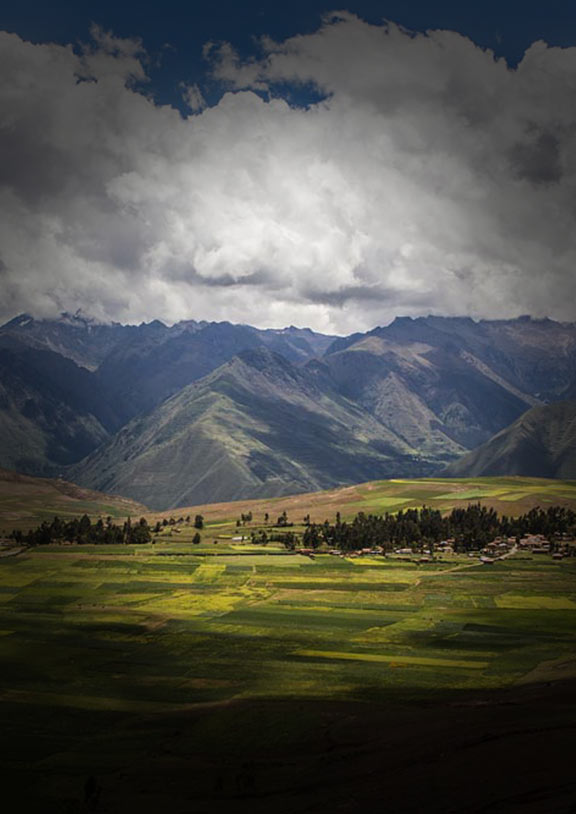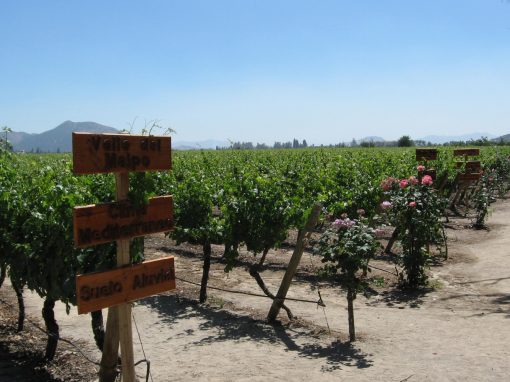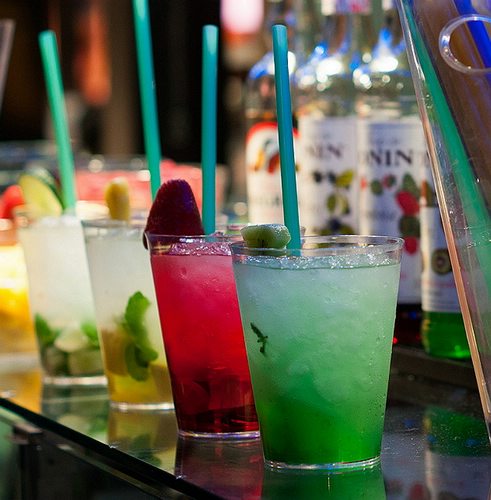We conclude our month long profile of national drinks with a toast to that most universally accessible of all liquid refreshments: beer. Whether you are coming off the 4-day Inca Trail or soaking up the sun on the beaches of Rio de Janeiro, there is no better way to celebrate a great travel moment than by popping open a cold one.
Although popular import beers – think Stella, Corona, or more rarely Guinness – are also available when you travel in South America, we think that when in Rome, it’s much cooler to do as the Romans. So we’ve picked out our favorite destinations, Brazil, Argentina, and Peru for country surveys of local brews.
While beer connoisseurs might find South American beers to be average – and indeed most beers are similar to light-bodied, American-style lagers – the virtue is in their accessibility and in the chance to partake in the social and often communal experience of beer-drinking in South America.
Brazil
You’re spoiled for choice when you’re craving a cold one on a Brazil vacation. Brazilians drink a lot of beer, enough to make Brahma, Brazil’s top selling beer, a global beer brand alongside others like Budweiser and Asahi. Nationwide, there is a selection of over two dozen beers and it’s common to find them on tap. Note that a draft beer is called a chopp, not just in Brazil but in Argentina and Peru as well. If you ask for cerveja in Brazil, you’ll get bottled or canned beer.
Among Brazil’s many beers, the best-tasting are: Caracu, an ale with 5.3% alcohol by volume (ABV), full-bodied but very sweet; Xingú, another sweet, dark beer with 4.7% ABV; and Bohemia, a Pilsner-style lager with 5.3% ABV with a hoppy aroma and flavor. Bohemia also has variations, such as Bohemia Escura, a malty, balanced dark lager with 5.0% ABV and Bohemia Weiss a wheat beer with 5.6% ABV that is micro-filtered, dry, and has a lemony tang. Other, less impressive Brazilian beers include Kaiser Bock, Bavaria, and Skol.
Argentina
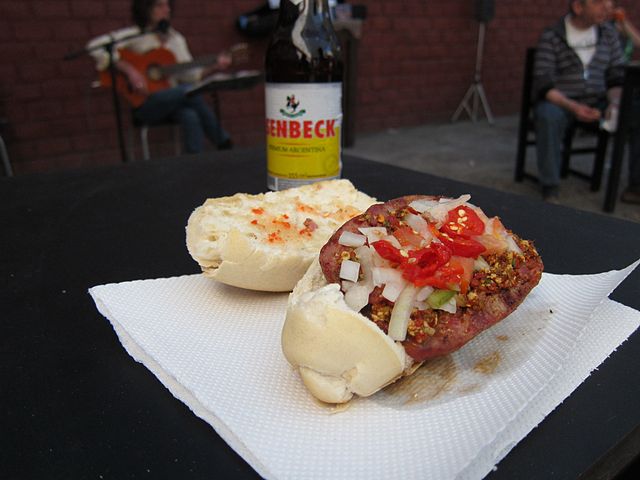
Beer makes an excellent accompaniment to popular Argentine snacks such as empanadas and choripán (pictured here, grilled sausage in a french bread topped with chimichurri or salsa criolla).
Although better known for its wines, Argentina has a beer scene for all tastes. At a typical pub, on Plaza Serrano in Buenos Aires, for example, you’ll be faced with a selection of brands like Quilmes, Isenbeck, the Brazil import Brahma, and few other choices. The brand Quilmes is to Argentina as Budweiser is to an American football tailgate on Sundays. Light brown in color, almost wholly unimpressive in taste, and weighing in at 4.9% ABV, Quilmes is practically synonymous with a night out on the town in Argentina’s big cities.
Beer lovers need not fret though, because Argentina is in the midst of a craft beer boom. (Or, if not a boom precisely, then a quiet flowering.) More and more, European-style pubs in Buenos Aires, Cordoba, and especially in the Patagonia region (in Chile as well) are serving artisanal beers such as IPAs, stouts, porters, etc. Although these craft beers tend to be sweet and lacking in hop flavor, the malty hit is nice change of pace from the usual Quilmes.
Peru
Like other South American countries, Peru has localized breweries, so that even if the brand has a regional name – such as Cusqueña, Arequipeña, Pilsen Trujillo – chances are the brewski is fresh no matter what city you find yourself in. Pilsen Callao, with a balanced bitterness and a 5% ABV, is the most popular and widely available Peruvian beer, found ubiquitously on restaurant and bar menus.
The chela of choice on a Cusco & Machu Picchu tour is Cusqueña, a light-bodied, smooth, and very drinkable lager-style beer with 5% ABV. Other Cusqueña brands are Malta (pictured above), a black beer with sweet, balanced flavor that goes well with meals; as well as the Red Lager and Cusqueña de Trigo, a tasty wheat beer produced on a limited basis. Arequipeña, by contrast, has a slightly more bitter taste, but is very drinkable.
Beer Drinking Pointers
In South American bars and casual restaurants, cans and small bottles of 310 ml are less common than larger 620 ml and 1-liter bottles. If drinking with a small group of friends, it’s common to buy and share a round with the table. Beer slang: birra or rubia in Argentina; breja or ceva in Brazil; and chela or heladita in Peru.
What’s your favorite Latin American beer experience? Share your stories and reviews in the comments below.
Our travel advisors at Latin America For Less are specialists in travel to top destinations in Latin America. Contact us to start planning your dream South America vacation.

Latin America for Less is a group of travel experts who live, work, eat, and breathe all things South America. Their inspiration stems from a deep appreciation for the beauty and diversity that make this continent so special.

